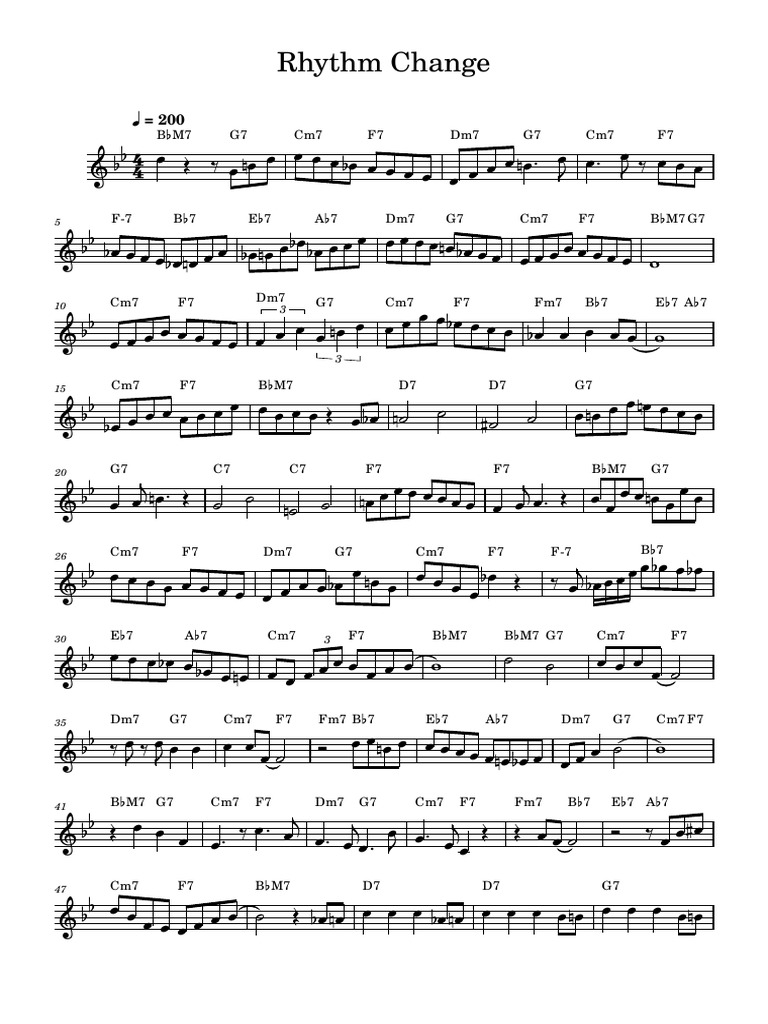The Power of Art and Youth Expression in Kenya
Art, in its purest form, is a language of the soul. It is a means through which societies remember, rebel, and remake themselves. This truth was evident last weekend as hundreds of young people gathered along the beautiful beaches of Diani for the 2025 Summer Tides Festival. Set at the Jacaranda Indian Ocean Beach Resort from July 4 to 5, the event became a vibrant celebration of creativity, culture, and connection.
The festival echoed the deep yearnings of a generation searching for meaning, healing, and unity beyond politics. Diani transformed into a space where art could breathe freely, and where music, fashion, and performance became a peaceful form of expression for the youngest adults. Inspired by the California spirit of Coachella, the Summer Tides Festival has emerged as Kenya’s own large-scale youth cultural gathering annually.
A Platform for Cultural Exchange
Like its American counterpart, the festival brings together musicians, visual artists, performers, and DJs to create a vibrant and inclusive space for young people. It allows youth to interact across regional and social boundaries, enjoying both local and international influences in music, fashion, and art. For many young Kenyans between the ages of 20 and 30, the festival provides a much-needed break, especially after a tense political period marked by protests and civic demonstrations.
In recent weeks, many have participated in anti-government protests demanding reforms and accountability. These demonstrations, often referred to as Maandamano, have drawn national attention and raised concerns about the country’s political and economic future. In this context, the Summer Tides Festival offered a welcome respite. Online users shared memes and posts referring to the event as a way to recover from the protests of June and to prepare mentally for the Saba Saba demonstrations that took place on Monday.
Peaceful Gatherings and Unexpected Challenges
The festival itself remained peaceful throughout. However, on Sunday, some issues arose as youth returning from Diani faced unexpected police interference. Allegedly, they were prevented from proceeding to the Mombasa SGR terminus to catch their scheduled train to Nairobi. This action drew criticism from civil society organizations, including the Kenya Human Rights Commission and Vocal Africa.
Kenya Railways issued a statement attributing the delay to a technical hitch. They promised affected passengers that they would be accommodated on a special morning service on Monday. Despite this, the incident highlighted the challenges young people face when engaging in cultural events.
The Role of Youth in National Conversations
The Saba Saba protests, held annually to commemorate the struggle for multiparty democracy, were dominated this year by young people under the Gen Z banner. Their demands include economic reforms, employment opportunities, and greater involvement in national policymaking. Although the demonstrations were largely peaceful, the government maintained tight security and restricted access to key areas in Nairobi.
This year has seen a heightened awareness of the link between youth culture and political action. Events like the Summer Tides Festival serve as entertainment and platforms where young people connect, express themselves, and reflect on their place in the country. At these gatherings, music, slam poetry, fashion, and digital media come together to form a modern form of civic engagement.
Supporting Emerging Talent and Local Economies
Such festivals also support emerging artists and local economies. They allow youth to build networks, discover new talents, and engage with different communities in safe, non-political settings. At the same time, they show how cultural events can influence public life. When youth are treated with suspicion for attending festivals, it reflects a lack of trust in their ability to participate responsibly in national affairs.
Our young population is vibrant, informed, and engaged. They are finding new ways to participate in national conversations, whether through peaceful protests or cultural events. Their involvement in shaping the future of the country is becoming more visible.
A Growing Example of Youth Influence
As such, the government and society at large should support and listen to youth voices in both political and cultural spaces. The Summer Tides Festival is a growing example of how youth are creating transcultural and inter-tribal spaces for themselves. These spaces combine leisure with reflection, culture with expression, and art with identity.
Rather than restricting or profiling youth at such moments, authorities should recognize them as important parts of our national democratic and social landscape. Engaging youth positively in these spaces could help the country foster a more inclusive and creative national culture.
Expanding the Scope of Youth Participation
Events over the past week demonstrate that youth participation is no longer limited to voting or protests. It includes festivals, digital campaigns, and the arts. The road from Diani to Nairobi is more than a physical journey. It reflects a broader movement of Gen Zs seeking to be part of the national story.
As our country evolves, recognizing and respecting the ways youth choose to express themselves through celebration or activism will be essential to building a more inclusive present and hopeful future.







